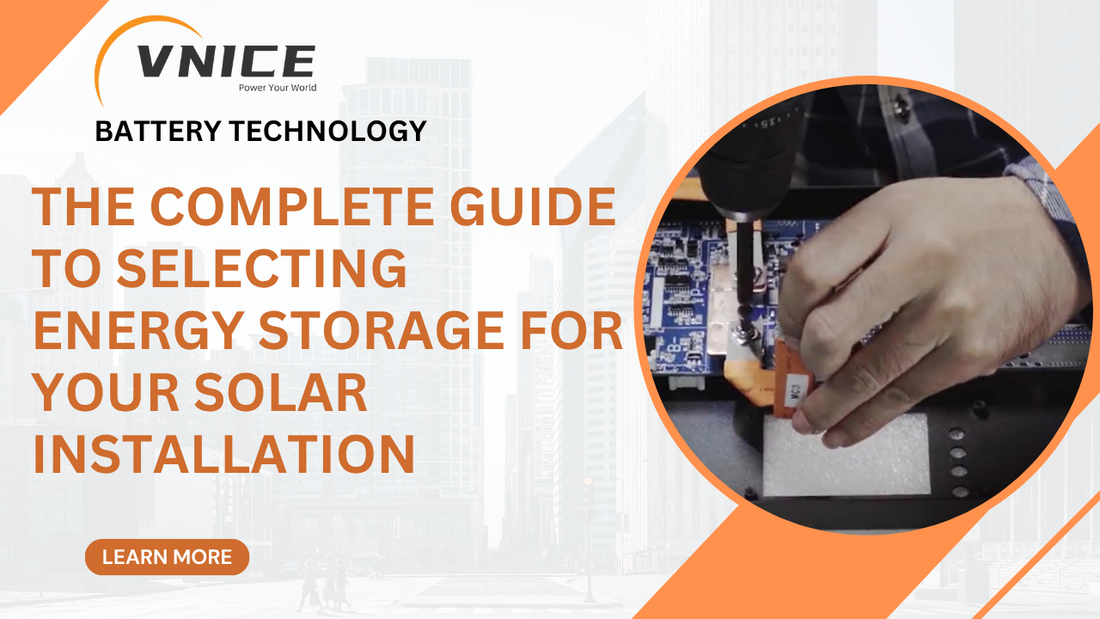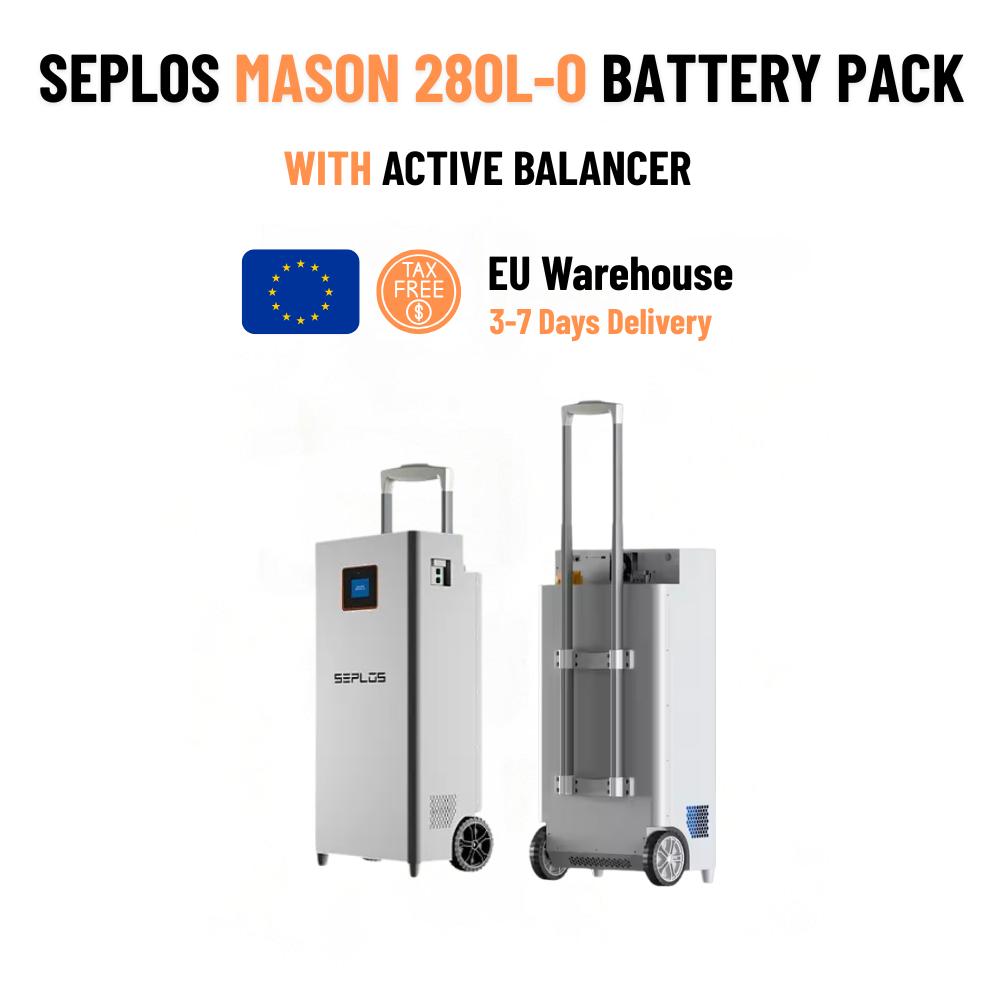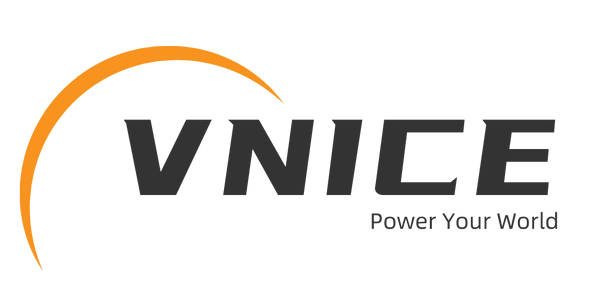
The Complete Guide to Selecting Energy Storage for Your Solar Installation
Integrating energy storage with residential solar systems represents one of the most valuable upgrades available to homeowners today. The capability to capture surplus solar energy for evening consumption while establishing reliable backup power during grid interruptions transforms photovoltaic systems from daytime generators into comprehensive energy solutions. Navigating the complex landscape of storage technologies and integration methods, however, requires careful consideration of multiple technical and practical factors.
Retrofitting Battery Storage to Existing Solar Arrays
The integration of energy storage with operational solar installations has evolved into a refined process known as solar battery retrofitting. The fundamental requirement for successful integration lies in selecting storage solutions that maintain compatibility with existing system architecture, primarily accomplished through two distinct methodologies: DC coupling and AC coupling.
Pre-Installation Assessment Framework
-
Inverter Configuration Analysis: Determine whether your system employs string inverters, power optimizers, or microinverters, as this significantly influences integration pathways
-
Backup Power Objectives: Establish whether you require whole-home backup capability or targeted critical circuit coverage during utility outages
-
Financial Parameters: Account for technology variations and capacity requirements when establishing project budget
-
Regulatory Compliance: Verify local permitting requirements and utility interconnection policies for storage additions
AC Coupling: The Optimal Retrofit Solution
AC coupling stands as the most versatile approach for integrating storage with established solar infrastructure, particularly suitable for homeowners seeking minimal system disruption.
Operational Principles
Photovoltaic arrays channel DC electricity through existing inverters for conversion to AC power, while the battery system interfaces independently with the main electrical panel via a dedicated bidirectional inverter. This segregated architecture permits autonomous operation between solar generation and storage components.

System Advantages
-
Universal Compatibility: Functions effectively with virtually all existing PV configurations, including microinverter-based installations
-
Installation Flexibility: Enables strategic placement of battery components without proximity constraints to existing solar equipment
-
Scalable Architecture: Supports straightforward capacity expansion through modular battery additions
-
Minimal System Impact: Requires no modifications to existing solar infrastructure
Performance Considerations
-
Conversion Efficiency: Multiple energy transformations between DC and AC states result in approximately 5-10% round-trip efficiency reduction compared to DC-coupled alternatives
-
Component Investment: Necessitates additional bidirectional inverter equipment, though typically more economical than complete system overhaul
DC Coupling: Maximum Efficiency for Comprehensive Upgrades
DC coupling presents an integrated architecture where solar generation and battery storage share a common hybrid inverter, proving particularly advantageous for new installations or systems undergoing inverter replacement.
System Architecture
Photovoltaic arrays deliver DC electricity directly to a hybrid inverter, which intelligently manages energy allocation between immediate consumption, battery storage, and grid export functions.

Efficiency Advantages
-
Optimized Energy Pathways: Direct DC-to-DC charging eliminates multiple conversion stages, enhancing overall system efficiency
-
Unified Control Platform: Centralized management through a single inverter simplifies monitoring and operational optimization
-
Reduced Component Count: Consolidated functionality within a single unit potentially lowers long-term maintenance requirements
Implementation Considerations
-
Retrofit Complexity: Typically necessitates replacement of existing solar inverters, increasing project scope and capital requirements
-
Compatibility Limitations: May not integrate efficiently with certain existing system configurations, particularly microinverter-based installations
Strategic Application Guidelines
-
Existing System Retrofits: AC coupling delivers superior practicality and cost-effectiveness for integration scenarios
-
New Installations/Inverter Replacement: DC coupling offers enhanced efficiency and potential financial advantages through component consolidation
Optimizing Solar Self-Consumption Through Intelligent Storage
Maximizing the economic and operational value of solar-storage integration requires strategic implementation to enhance self-consumption and reduce grid dependence.
Advanced Energy Management Strategies
-
Intelligent Charge/Discharge Scheduling: Program systems to store excess solar generation during peak production intervals and discharge during high-consumption periods
-
Time-of-Use Optimization: Leverage variable electricity pricing structures by charging from grid during off-peak rate periods and discharging during premium rate hours
-
Home Automation Integration: Connect storage systems with energy management controllers to automatically activate high-consumption appliances during solar surplus conditions
Capacity Optimization Methodology
Proper storage sizing balances performance objectives with economic considerations. Generally, battery capacity representing 80-120% of average daily consumption provides optimal balance between backup capability and financial returns. This approach ensures:
-
Adequate overnight power supply from stored solar energy
-
Appropriate backup duration during grid outages
-
Reasonable financial payback period through optimized self-consumption
Typical Daily Operation Cycle
Understanding standard system performance throughout a 24-hour period illustrates the storage value proposition:
-
Morning (6-10 AM): Increasing solar generation supplies immediate consumption requirements with surplus energy charging the battery system
-
Midday (10 AM-3 PM): Peak production fully charges battery storage while simultaneously supplying household demand
-
Evening (3-7 PM): Declining solar availability coincides with increased consumption, triggering battery discharge to offset grid dependence
-
Overnight (7 PM-6 AM): Battery power supplies household requirements until reaching predetermined reserve threshold, ensuring backup capacity preservation
This operational pattern demonstrates how properly configured storage transforms solar installations from daytime generators into comprehensive 24-hour power solutions.
Financial Considerations and Investment Analysis
Solar storage retrofit costs vary significantly based on regional factors, technology selection, and installation requirements. Primary cost components include:
-
Equipment Investment: Battery modules and power conversion equipment represent the principal capital expenditure
-
Professional Installation: Electrical labor, system configuration, and commissioning services
-
Regulatory Compliance: Permitting, inspection, and utility interconnection fees
While storage systems require substantial initial investment, declining technology costs, escalating electricity rates, and available incentives continue to improve financial returns. Quality systems from established manufacturers deliver reliable performance and long-term value through robust cycle life and operational efficiency.
Strategic Implementation Recommendations
Selecting optimal solar storage solutions requires balancing technical compatibility, performance objectives, and financial parameters. For most retrofit scenarios, AC-coupled systems provide the most practical integration pathway, while comprehensive upgrades or new installations benefit from DC-coupled efficiency advantages.
Through meticulous evaluation of energy consumption patterns, backup requirements, and financial considerations, homeowners can confidently transition toward energy independence with systems sized appropriately for their specific needs—whether implementing initial storage capacity or comprehensive backup solutions for maximum resilience and self-sufficiency.

